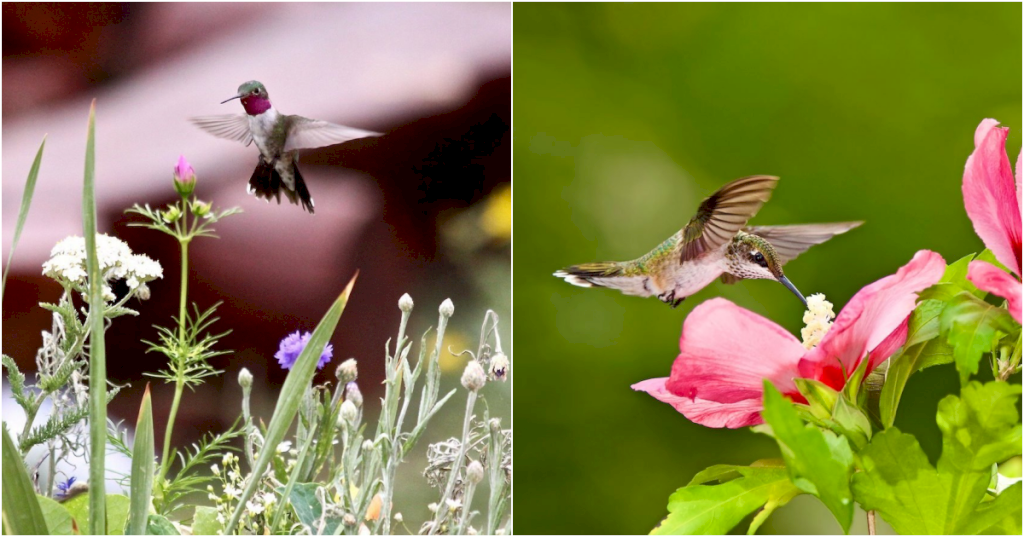Meet the Regent Honeyeater: A Rare and Stunning Bird Adorned with Lemon-Yellow Scales and Black Flecks
A very striking unmistakable beautiful bird that is unfortunately right on the edge of being critically endangered.
Meet the Regent Honeyeater

The regent honeyeater (Anthochaera phrygia), is a critically endangered bird endemic to southeastern Australia. These birds have a blackhead, neck, and upper breast with a lemon yellow breast scaled with black. The belly is also flecked with lemon grading into a white rump. They have black wings with yellow patches along with a black tail edged with yellow. In males, there is a dark eye surrounded by yellowish wary bare skin.
 Photo Courtesy of Jss367 / CC BY-SA 4.0
Photo Courtesy of Jss367 / CC BY-SA 4.0
The female of this species is smaller than the male with a bare yellowish patch under the eye instead of a ring. They also have less black on the throat.
Juveniles tend to resemble the female, though they are browner and have a paler bill.
 Photo (cropped) Courtesy of Derek Keats / CC BY 2.0
Photo (cropped) Courtesy of Derek Keats / CC BY 2.0
The regent honeyeater was once commonly seen in wooded areas of eastern Australia, but is now in steep decline. This decline has since been accelerated by the recent Australian bushfires.
 Photo Courtesy of Mark Gillow / CC BY-SA 2.0
Photo Courtesy of Mark Gillow / CC BY-SA 2.0
In its few remaining areas these birds feed primarily on nectar from eucalyptus, and mistletoe tree species as well as native and cultivated fruit. To a lesser extent, they eat a variety of insects.
Breeding occurs from August to January, during the southern hemisphere spring and summer. This is in tune with the flowering season of the bird’s favorite eucaplyptus and mistletoe. The female lays two to three eggs in a cup-shaped nest. Nest success is unfortunately low due to high predation by a range of bird and mammal species.
The regent honeyeater is listed as a critically endangered species on the IUCN Red List, the main cause being given as loss of habitat.




